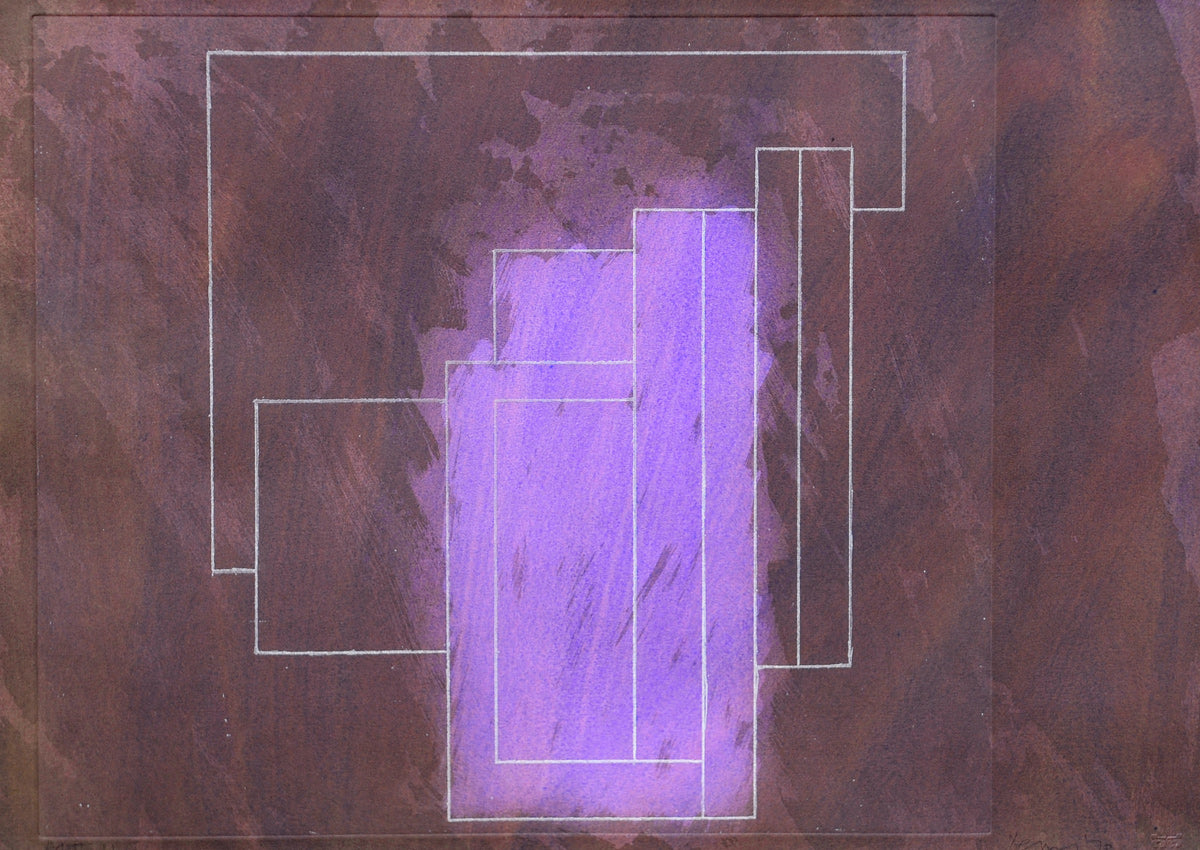‘Bon à Tirer’. Three short words with a simple translation: ‘Good to print’. Good to go; the phrase sounds almost convivial, an off-hand comment you’d make to a friend or colleague. But in the world of printmaking and the artist-atelier relationship, no other words were as important. Here in the rarefied arena of the printer’s workshop, they become a challenge, a command: ‘Give me nothing less.’

Historically, the Bon à Tirer proof was the artist’s benchmark, the standard to which all prints in an edition would be held and their quality measured. Unlike the often confused ‘Artist’s Proof’ – a set of prints aside from the main edition which were traditionally given to the artist as part of the payment for his commission – the Bon à Tirer represented the master print, the final revision. There would exist only one such pull; from it, the printer was to replicate in any further editioning every nuance of tone, shade, colour and surface. And unlike the gifting of Artist’s Proofs, which remains customary practice even today, the printing of Bon à Tirer trials was almost exclusively limited to the distinguished Parisian ateliers printing for the titans of the 20th century art world: the Picassos, Mirós and Matisses.


One of strikingly few British suites to make use of a such a proof was Robyn Denny’s Generations, illustrated here. A radical student at the Royal College of Art in the mid-1950s, Denny lived a life of artistic rebellion. He championed an emerging, urban, abstract art that rejected the British love of rural landscape, seeking parallels instead with the Abstract Expressionist experiments of Mark Rothko and co. in America. He would exhibit in some of London’s most avant-garde spaces – the Kasmin Gallery, Gimpel Fils – until, by the 1970s, his work was held in institutions including the Tate at home and New York’s Museum of Modern Art abroad.


Among those collected by the Tate were prints from Denny’s Generations suite, published in 1978. A series of 24 abstract etchings that make use of severe and sensitive colour balances, from throbbing reds to dusky violet, their bold, interlinear compositions typified the industrial style of Denny, whose work found inspiration in the colour-field abstraction of Rothko and Barnett Newman.

The dusty, tactile quality of each image was the result of a complex process of layering printing methods with coloured washes. Gallery artist David Suff worked on the printing of the suite as a student and explained to us exactly how they were made. Sheets of Arches paper were stained with brushed-on acrylic before aquatint and etched configurations were impressed on top from two separate plates. The larger, harsh steel aquatint plate lent its colour rough texture, while pressure from the second, smaller etching plate produced a darkened, embossed area within the image. The final prints were torn down to the edge of the larger aquatint plate, leaving only the indent of the etching plate visible.

 (above) print showing the layers of acrylic staining (yellow), aquatint colouring (blue), and etched configuration (black lines); (below) the same print with hand-coloured acrylic wash inside the etched lines
(above) print showing the layers of acrylic staining (yellow), aquatint colouring (blue), and etched configuration (black lines); (below) the same print with hand-coloured acrylic wash inside the etched lines
The proof was then delivered by Suff to Denny’s studio in London where, in a number of the prints, he added acrylic wash by hand to the black etched boxes to lend further layers of colour and luminosity. The resulting surfaces are rich and textured, with a touch like the fine particle residue of pastel, brushing up against the raised black and white edges of soft-ground etching lines.

Combining rigid, architectural structure with an arrangement of colours dissonant and harmonious, Generations represents a series in which the printing process was intrinsic to the art itself (sometimes literally so, as when the embedded shadow of the etching plate forms its own rectangular element). Printed by the inimitable JC Editions and stamped with the atelier’s signature ‘chop’, the suite bears equal witness to the skill of its technicians as it does the vision of the artist.


In these extraordinary Bon à Tirer prints, produced when Denny was at the height of his powers, we can see the details of layer and line that made such proofing a rare, but fascinating, necessity.




